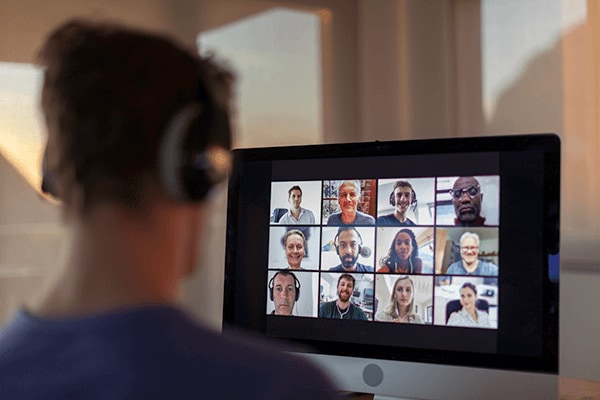Diversity, equity and inclusion in Research Methods for Business Students
Pearson’s author webinar series “Changing Perspectives”
Best-selling author and Professor Mark Saunders spoke about how he incorporated the themes of diversity, equity and inclusion into the latest edition of this market-leading textbook, 'Research Methods for Business Students'.





